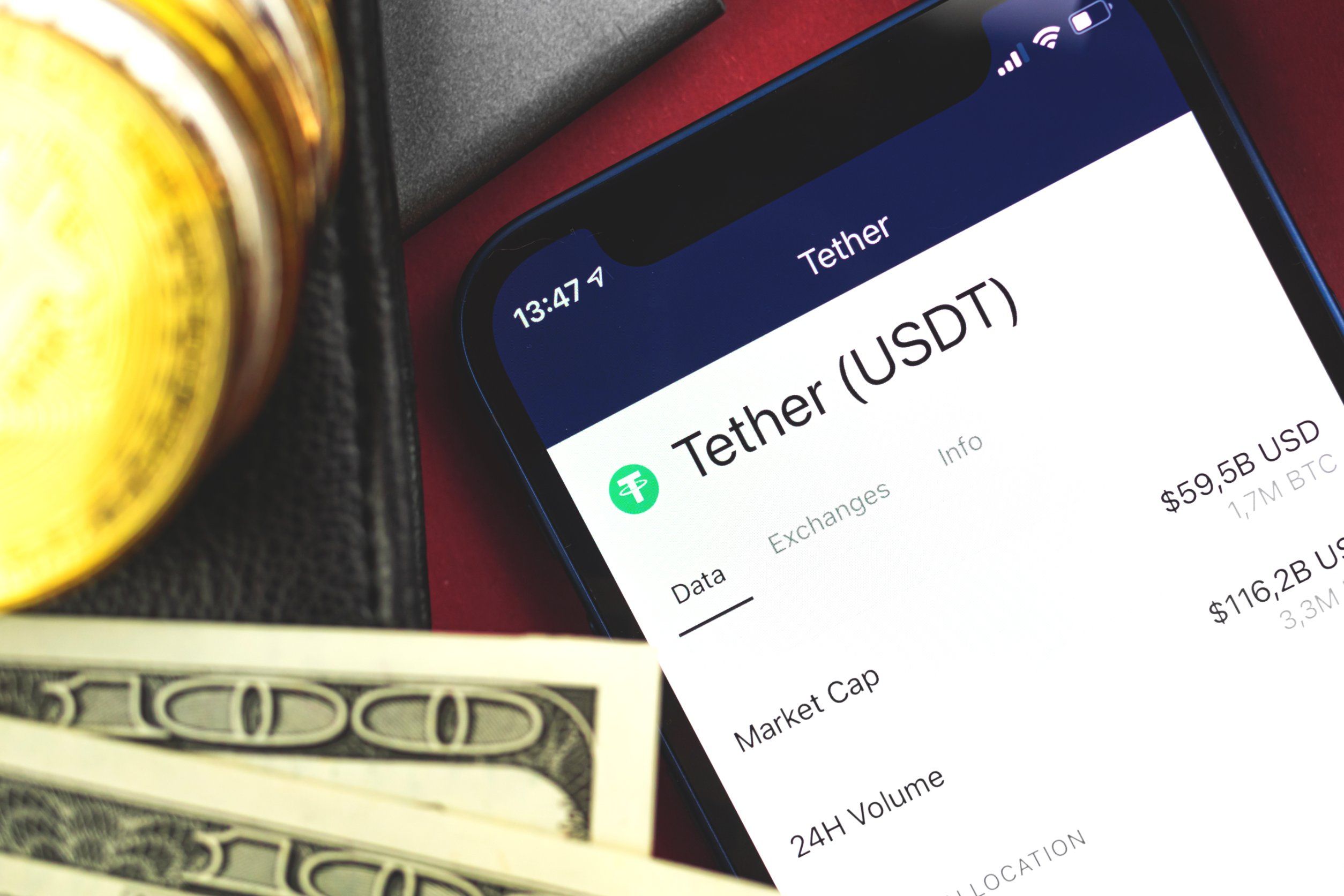
Coinbase, a leading US cryptocurrency exchange, is set to delist all non-compliant stablecoins from its European platform by the end of 2024.
The move comes as the European Union’s Markets in Crypto-Assets (MiCA) regulation, which enforces stringent standards on stablecoin issuers, takes full effect in December.
This change will likely impact Tether’s USDT, as it faces challenges in meeting the new regulatory requirements.
MiCA’s regulatory pressure on stablecoins
The implementation of MiCA introduces a unified regulatory framework for digital assets across the European Economic Area (EEA), and stablecoins are a primary target.
The regulation mandates that stablecoin issuers hold at least 60% of reserves in EU bank accounts, along with e-money authorization from an EU member state.
It also focuses on consumer protection, liquidity standards, and transparency.
Tether, which issues USDT, may face significant challenges under these new rules.
Paolo Ardoino, CEO of Tether Holdings, has expressed concerns that the requirement for stablecoin issuers to hold reserves in EU banks poses systemic risks due to limited insurance coverage on deposits.
This apprehension, along with USDT’s failure to secure authorization, suggests that Tether could struggle to comply with MiCA’s regulatory demands, making USDT’s future in the European market uncertain.
Coinbase determined to be MiCA-compliant
Coinbase’s decision to delist non-compliant stablecoins, including Tether’s USDT, aligns with its commitment to regulatory compliance.
By the end of December 2024, customers in the EEA will no longer have access to these non-compliant stablecoins.
Coinbase’s proactive approach to adhering to MiCA regulations has positioned it as a leader in regulatory compliance within the cryptocurrency industry.
According to a Coinbase spokesperson, the exchange plans to provide details about a transition plan in November, offering users clear options for transitioning to compliant stablecoins.
Circle’s USDC and EURC, which have already secured the necessary MiCA approvals and are tied to the US dollar and euro, have been identified as viable alternatives.
Coinbase is not the only exchange moving toward MiCA compliance.
Other platforms, including OKX, Bitstamp, and Uphold, have already announced similar plans to limit or remove non-compliant stablecoins from their platforms.
These actions underscore a broader trend within the cryptocurrency industry toward regulatory harmonization, particularly in Europe.
With MiCA’s full implementation on the horizon, the market for compliant stablecoins is expected to grow with Circle’s recent expansion of USDC into the Asia-Pacific region, through a partnership with MHC Digital, exemplifying the rising demand for regulatory-compliant stablecoins.
As the regulatory landscape tightens, the future of non-compliant stablecoins like USDT appears increasingly precarious.
The post Tether's USDT at risk as Coinbase set to delist MiCA non-compliant stablecoins appeared first on Invezz















 English (US) ·
English (US) ·